Why is a Water Quality Education Program a
Critical Issue in The District of Columbia?
USDA-CSREES
National Water Quality Conference
Sparks, Nevada
February 3-7, 2008
Wellela Hirpassa,
Extension Agent/Water Quality Coordinator
Water Quality Education Program
Cooperative Extension Service
University of the District of Columbia
Washingtonj
Surface Ground, and Drinking Water Quality in the District of Columbia
- Federal water quality standards and regulation set and enforced Environmental Protection Agency (EPA)
- Local water quality standards and regulation set and enforced by DC Department of the Environment/Water Quality Division
Critical Issues Associated Water Qualty in the District of Columbia
- Anascostia River is one of the top ten most polluted rivers in the nation;
- Anascostia River is a tributary of the Potomac River which is the source of the DC Drinking Water;
- Recent lead contamination in DC drinking water due to old lead based pipes and change in the water tretment chemistry
- Combined Sewer Overflow System that discharges raw sewage into the Rock Creek Anacostia and Potomac Rivers with less than and inch of rainfall; and
- The commitment to clean up the Cheaspeake Bay by both states and federal government in the bay watershed
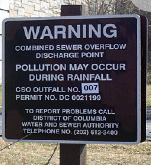
Population Increase
vs .
pollution
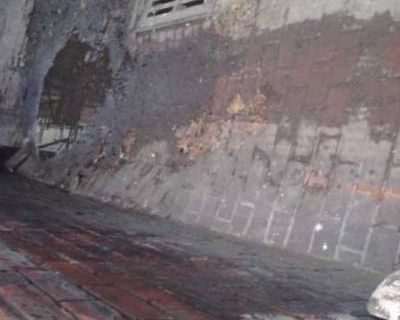
Garbage and oils

Construction,Play grounds, roads,parking lots – Impervious Spaces
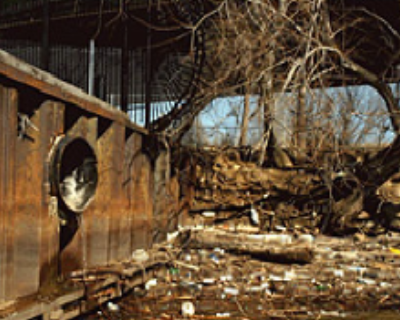
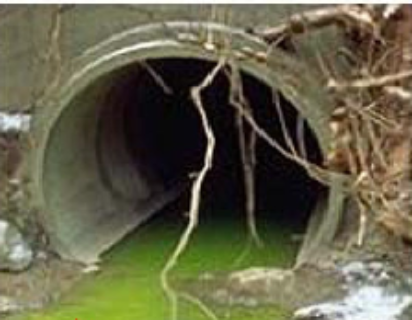
Obsolete drainage systems sewage overflow enters the nearest rivers.
* Eutrophication:
increased nitrogen and phosphorus Concentration
* Oxygen Depletion:
Death of Aqatic animals and sub-aquatic vegetations

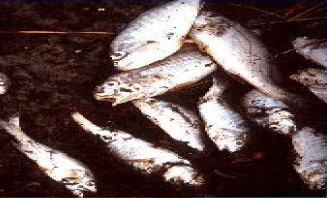
Objectives
- To Provide an overview of DC drinking water qualty treatment, regulation, and monitoring process; and
- To highlight results of pre and post-tests from Water Quality Education Program on DC Drinking Water Lead Contamination workshop at DC Public School and Local Community Centers.
Overview of the Nation’s Capital Drinking Water Treatment and Distribution System
The Source of the Washington DC drinking water is the Potomac River
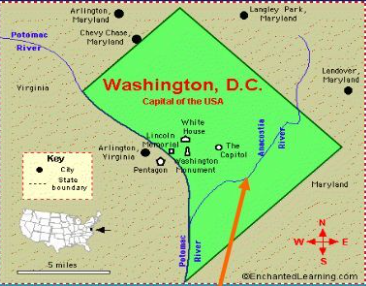
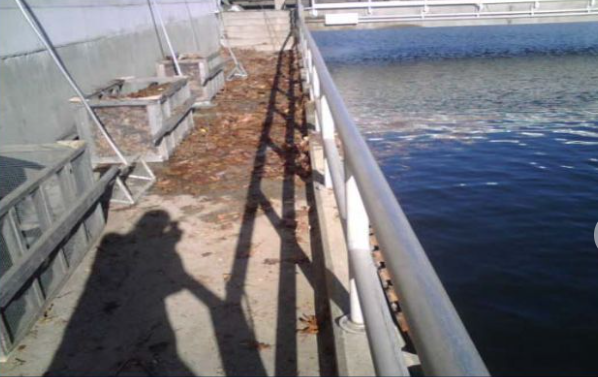
Raw diverted water from potomac River at Dalecarlia Water treatment Plant before processing
Drinking Water Quality Processes
- Washington Aqueduct Division of the U.S Army Corps of Engineers manages and operates Water Treatment, Plants at McMillan and Dalecarlia in Washington,DC;
- The District of Coumbia Water and Sewar Authority(DC WASA) buys treated water from the Washington Aqueduct;
- WASA distributes and sells treated water to its customers in the Districts of Coumbia;
- WASA collects 210 samples/month fixed site and submits to Washington Aqueduct for testing.
- Washington Aqueduct test for all EPA of water quality parameters and sends results back to WASA.
- WASA submits results to DC Department of the Environment/Water Qualty Division (DDOE) and EPA; and
- DDOE and EPA assess results for compliance
Lead Contamination in DC Drinking Water
Total pipes 55,067

Excessive Lead contamination in drinking water was reported:
In 2004
2005
2006
2007
- 14,112 pipes removed
- 17,256 pipes on the list to be removed
- 23,699 pipes unknown status
Couse of Lead Contamination in DC Drinking Water
- Presence of lead-based service pipe (old infrastructure)
- Change in DC disinfectant chemistry fro chlorine to chloramine that requires a base buffering treatment process
Survey Questions on Lead Contamination of the Drinking Water
- Why is Lead a Problem?
- How does lead get into drinking water?
- How can I tell if my water contains too much lead?
- Do you know the source of DC drinking water?

Results of Surveys from DC Public schools
| Site | #of participant | Pre-test Score(%) | Post-test Score(%) |
| Elem. Schools | 90 | 5% | 80% |
| High Schools | 200 | 15% | 90% |
Results of Surveys from Community Centers
| Site | #of participant | Pre-test Score(%) | Post-test Score(%) |
| Ford Davis Ward 7 | 50 | 5% | 80% |
| Turkey Tickets Ward 5 | 35 | 10% | 90% |
| Kennedy Ward 2 | 42 | 8% | 75% |
| Greenleaf Ward 6 | 8 | 2% | 90% |

- High school students learning how to measure PH of water and data recording


Benefits of Water Quality Education
• Increases awareness of risks associated with poor water quality;
• Increases knowledge regarding the functions of water to nutrition, health and the environment;
• Reduces environmental pollution;
• Reduces water treatment cost;
• Reduces public health risks; and
• Change public behavior to adopt managing water resources
Summary
• Pre-test data show that both students and community residents in the District of Columbia do not know basic information regarding their drinking, ground and surface water quality;
• Post-test data indicated that basic concepts were acquired after water quality education workshop; and
• Allocating more funds to educate the community about their role in monitoring water quality is a critical issue that can lower non-point source pollution and eventually reduce water quality treatment cost.
